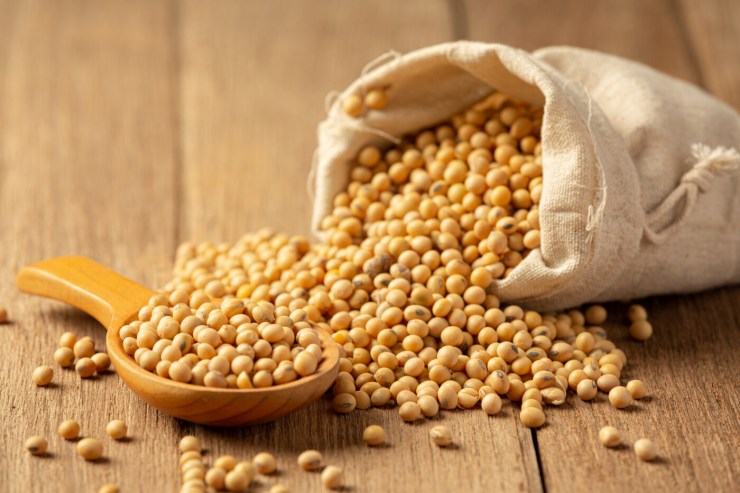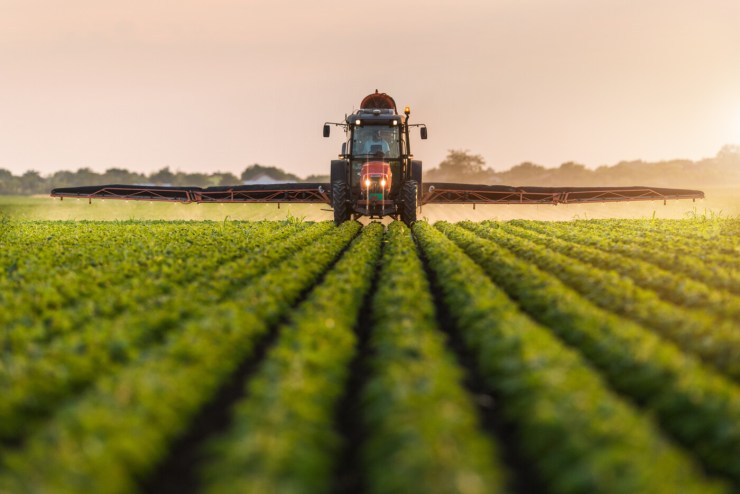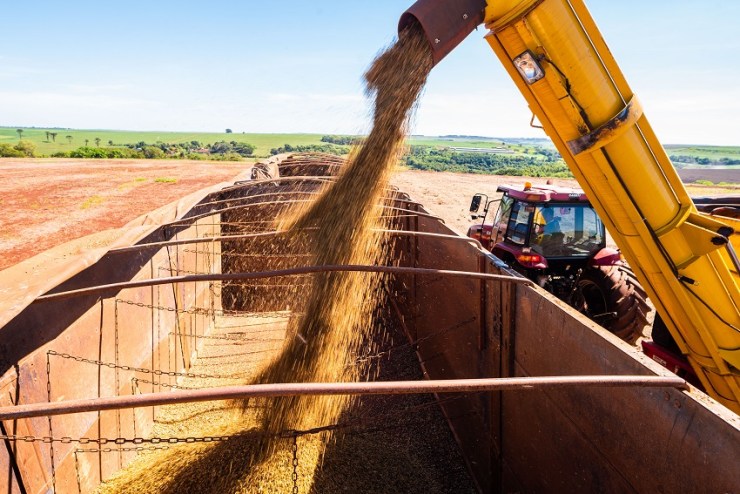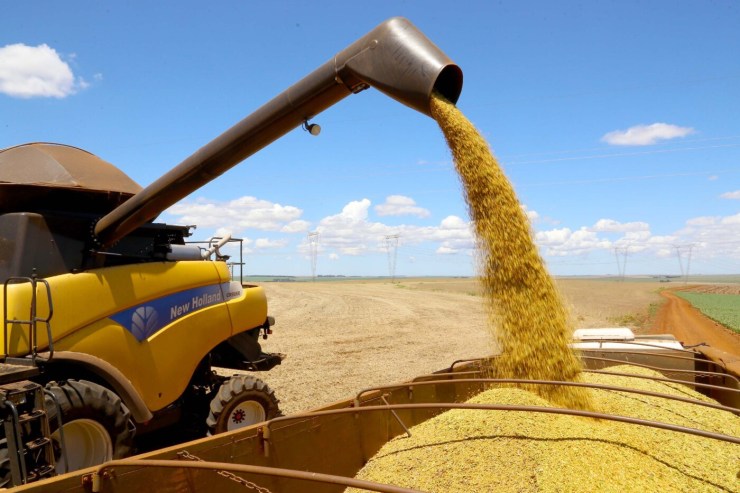Correctly identifying the fungus Phakopsora pachyrhizi, which causes Asian soybean rust, one of the most severe diseases with the greatest economic impact on the crop, was the focus of the workshop held on Thursday (25) by the Department of Agricultural Diagnosis and Research (DDPA) of the Secretariat of Agriculture, Livestock, Sustainable Production and Irrigation (Seapi).
The training brought together state agricultural inspectors from the Department of Plant Protection (DDV) and agronomy students from the Federal University of Rio Grande do Sul (UFRGS), a program partner. The activity is part of the Monitoring Rust RS Program, an initiative that monitors and prevents the disease in the state.
 Coordinated by DDPA researcher Andréia Mara Rotta de Oliveira and led by Professor Caroline Wesp Guterres of the UFRGS Department of Plant Health, the workshop combined theory and practice. Participants received detailed information on the pathogen's characteristics, with an emphasis on differentiating it from other fungi that attack soybeans. They then performed practical identification activities in the DDPA Plant Pathology laboratory.
Coordinated by DDPA researcher Andréia Mara Rotta de Oliveira and led by Professor Caroline Wesp Guterres of the UFRGS Department of Plant Health, the workshop combined theory and practice. Participants received detailed information on the pathogen's characteristics, with an emphasis on differentiating it from other fungi that attack soybeans. They then performed practical identification activities in the DDPA Plant Pathology laboratory.
According to Andréia, the goal was to prepare professionals and future agronomists to quickly recognize the first signs of Asian rust, contributing to the effectiveness of monitoring efforts. The official start of field activities for the RS Rust Monitoring Program is scheduled for October 6th.





